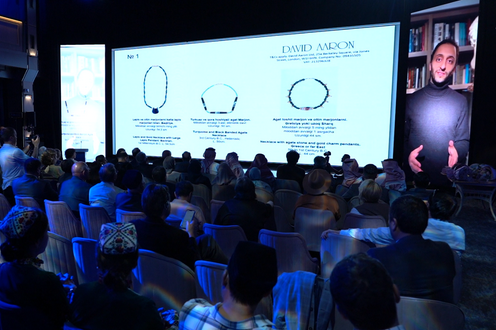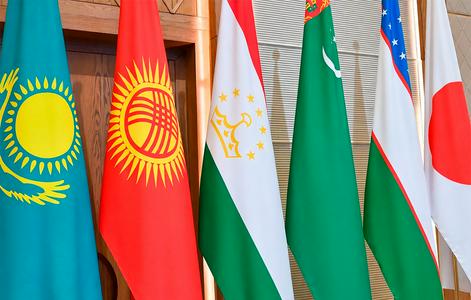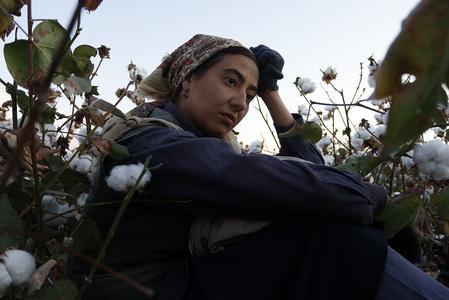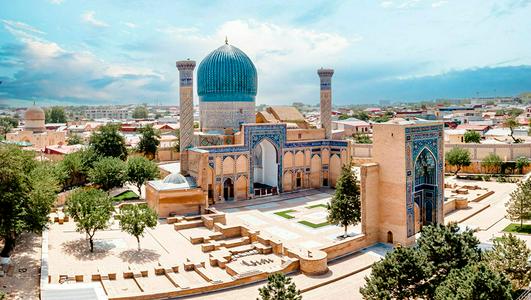The Center for Islamic Civilization in Tashkent has received a set of valuable necklaces dating back to before the Common Era as a gift from the British gallery David Aaron, according to the center’s press service.
The presentation took place during a handover ceremony at the museum of the Center following the forum Heritage of the Great Past — Foundation of an Enlightened Future.
Among the artifacts are a gold necklace set with precious stones, turquoise necklaces mounted in dark agate, and gold jewelry inlaid with agate. Such ornaments, according to experts, were used not only as ceremonial gifts but also as a form of exchange, comparable to money.
“Two of the necklaces belong to the Hellenistic period, dating to the 3rd–1st centuries BCE, a time noted for the flourishing of jewelry art. The third piece was created much earlier, likely in the 1st millennium BCE, in Bactria. These ornaments were crafted in different workshops using stones brought from various regions,” said Solomon Aaron, a representative of the gallery.
The transfer of the artifacts is part of an international program to restore and promote cultural heritage. “This is a significant contribution to preserving our history,” said one of the gallery’s representatives. The artifacts have already been placed in the museum’s halls and will become part of the permanent collection.
The David Aaron Gallery specializes in Islamic art and artifacts from Central Asia. It conducts a rigorous selection of exhibits from verified sources and has repeatedly collaborated with museums in the region.
The forum Heritage of the Great Past — Foundation of an Enlightened Future was organized at the initiative of Shavkat Mirziyoyev. More than 200 scholars and experts from over 20 countries participated, representing national and international institutions including TURKSOY, ISESCO, IRCICA, and Al-Furqan.
The Center for Islamic Civilization was built in Tashkent next to the Khast-Imam complex. The building draws inspiration from medieval architectural monuments, with four portals each 34 meters high and a central dome reaching 65 meters. It houses a Quran Hall, a 460-seat conference hall, and a museum whose exhibitions cover the entire history of Uzbekistan — from pre-Islamic times to the present. The center is intended to serve as a venue for the study and reinterpretation of ancestral heritage in cooperation with the International Islamic Academy of Uzbekistan and scholarly institutions worldwide.










